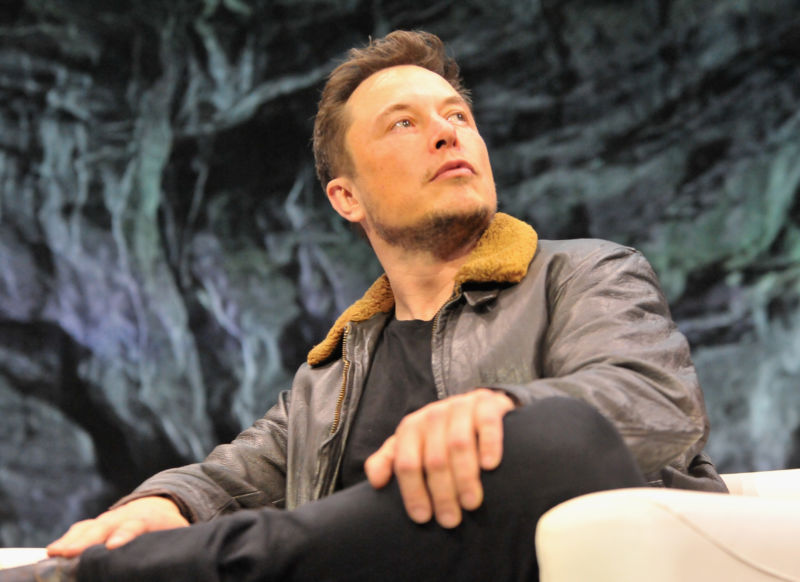
For the last year, Elon Musk has insisted that Tesla can reach sustained profitability without raising additional cash from investors. But the company is now tacitly admitting that it was wrong, filing papers to raise another $2 billion by selling a mix of debt and equity.
Tesla is seeking to raise money just a few days after reporting an unexpectedly large loss in the first quarter of 2019. That release showed Tesla with dwindling cash in the bank—from $3.7 billion at the start of the year to $2.2 billion on March 31.
The lower cash balance primarily reflected one-time events—paying off a $920 million loan and having a bunch of cars in transit to customers at the end of the quarter. Still, having only $2.2 billion in the bank is a precarious situation for a company that has been known to lose more than $700 million in a single quarter.
Having another $2 billion in the bank would give Tesla much-needed breathing room. And the company has plenty of uses for extra cash, with several new vehicles—including the Model Y SUV, Tesla Semi, and the new Tesla Roadster—slated to begin production before the end of 2020.
Shareholders don't usually like to see companies dilute the value of their shares by issuing new stock, but markets have reacted positively to Tesla's announcement. The company's share price is up three percent over Wednesday's closing price.
Lenders may be wary of Tesla's large debt burden
Tesla is aiming to sell stock worth $642 million at Tesla's current share price. Tesla will also be offering $1.35 billion in convertible senior notes—debt that gives the lender an option to take Tesla stock (at a fixed price) rather than cash when the loan matures.
Practically speaking, this means that Tesla will need to pay back the loan in May 2024 if Tesla's stock price performs poorly over the next five years. If the stock performs well, on the other hand, lenders will opt to take the shares instead. This share conversion option sweetens the pot for lenders, helping Tesla to get a lower interest rate than the company could get with a more conventional loan. Tesla has issued convertible notes several times in the past.
Tesla paid off $920 million in March and is due to pay off around $2 billion in loans in the next couple of years, so the latest debt issue doesn't necessarily mean the company's overall debt burden will be on an upward trajectory.
In the past, Tesla has portrayed itself as a fast-growing startup that needed to borrow heavily to finance rapid growth. But it only makes sense to invest in growth if it's going to eventually lead to healthy profits. The Model 3 helped Tesla deliver two strong quarters of profit in the second half of 2018, but then it slipped back into the red last quarter. During the most recent earnings call, executives said they didn't expect to return to profitability until the third quarter.
Bond markets have reflected growing worries about Tesla's prospects in recent months. The value of previously issued Tesla bonds plunged earlier this month when the company announced weaker than expected first quarter car deliveries. Hence, Tesla may have to offer a higher interest rate than in the past to entice investors to take a risk on a company whose long-term viability is far from certain.
https://arstechnica.com/cars/2019/05/tesla-seeks-to-raise-another-2-billion-after-unprofitable-quarter/
2019-05-02 16:53:00Z
52780282026818
Tidak ada komentar:
Posting Komentar